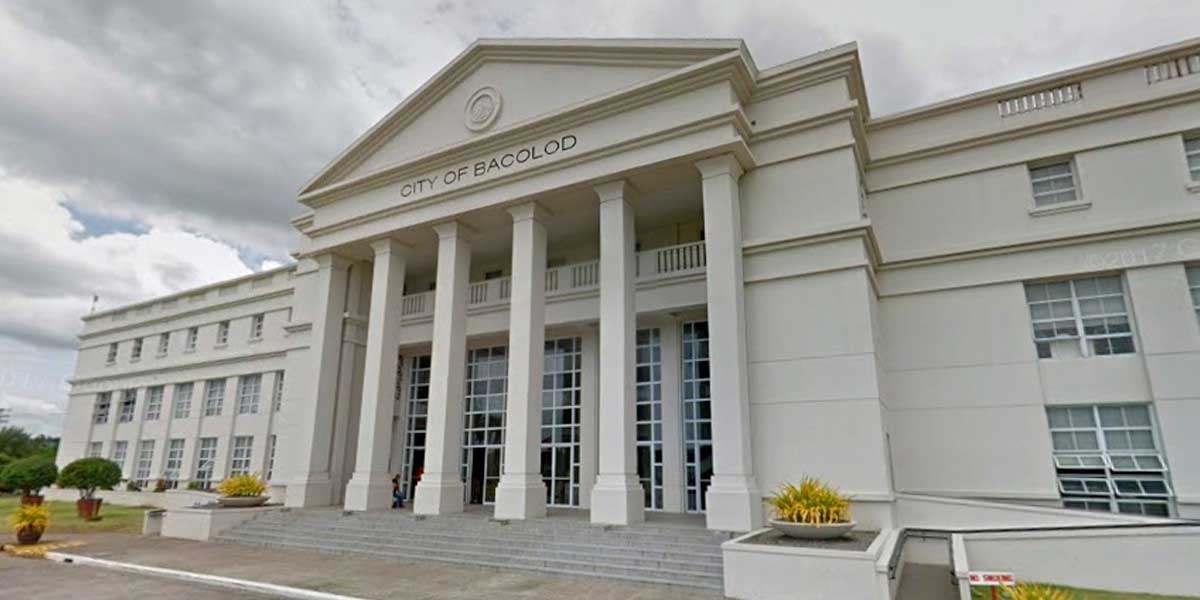 By: Francis Allan L. Angelo
By: Francis Allan L. Angelo
It was good enough that the Iloilo provincial government recognized that forest denudation and massive corn planting in the northern part of the province may have contributed to the deadly flash flood that occurred when typhoon Ursula hit in December 2019.
The call to review the geo-hazard map of the Mines and Geosciences Bureau sounds good but it’s not enough. Actually, the call smacks of deficient policy direction and weak appreciation of the problem called climate change.
Before redrawing any map of a particular agency, the Iloilo provincial government should do some housecleaning first because the flash floods in northern Iloilo was problem that had been brewing for some time.
The Capitol should revisit what the previous administration failed to accomplish despite its claim of good and effective governance – the crafting and realization of the Local Climate Change Action Program (LCCAP) by local government units.
The LCCAP was mandated by the DILG way back in October 2014 via Memorandum Circular 2014-135.
Information from the Department of Interior and Local Government indicate that only 8 of the more than 100 barangays in Western Visayas. One can only imagine how low the compliance of Iloilo-based LGUs.
The LCCAP guideline defines the role of LGUs:
-Barangays shall be directly involved with municipality and city governments in prioritizing climate change issues and in identifying and implementing best practices and other solutions;
-Municipal and city governments shall consider Climate change adaptation, as one of their regular functions;
-Provincial governments shall provide technical assistance, enforcement and information management in support of municipal and city climate change action plans (emphasis mine);
-Inter—local government unit collaboration shall be maximized in the conduct of climate—related activities;
– LGUs shall regularly update at least annually, their respective action plans to reflect changing social, economic, and environmental conditions and emerging issues;
It also requires LGUs and local chief executives (governors, mayors, punong barangays) to revisit their vision “in the context of climate change adaptation and disaster risk reduction (CCA-DRR) planning and see Whether CCA-DRR agenda is already included, if not, it is recommended to include CCA-DRR elements.”
LGUs must first gather relevant data from the local government, relevant national government agencies and private sources before crafting the LCCAP. Some of the important data and information that must be gathered, but not limited to, are the following:
-LGU Ecological Profile (using the most recent CBMS data)
-Local Development Indicators System (LDIS)
-Current/Updated Comprehensive Land Use Plan (CLUP), Comprehensive Development Plan (CDP), Local Development Investment Program (LDIP) and Executive-Legislative Agenda (ELA)
-Local weather 8: climate data (from PAGASA or DOST)
-Hazard and risk maps (check PHILVOLCS for geophysical hazards, MGB for other geohazard maps such as rainfall—induced landslides, storm surges, liquefaction, and other development analysis from local scientific institutions from Universities and Colleges (local, national, international), the private sector, NGOs and projects funded by development partners). (Emphasis mine)
-National and LGU produced GIS maps
-Other thematic maps held by government agencies
-Economic, Agriculture and Health data
-Inventory of existing infrastructures
-News clippings of climate 8: disaster events (if available, for a span of 20—30 years)
-Provincial, City, Municipal Climate Projections (refer to PAGASA and CCC websites)
-Other relevant information needed for vulnerability and adaptation assessment.
Hazard maps, therefore, are just one of the sources in crafting the LCCAP and the provincial government should take the lead in helping LGUs craft this document. But with the low compliance of LGUs, it appears that the Capitol failed in its mandate.
If the Capitol will just rely on the hazard maps of the MGB and neglect its prime responsibility of crafting action plans on climate change and its effects, we might as well take away the devolved power and task of environmental protection from the provincial government and give it to MGB.
And by the way, the Provincial Environment and Natural Resources already got stern warnings from experts on the ill effects of forest denudation and massive corn plantations in northern Iloilo. Did the warnings fall on deaf ears?






















